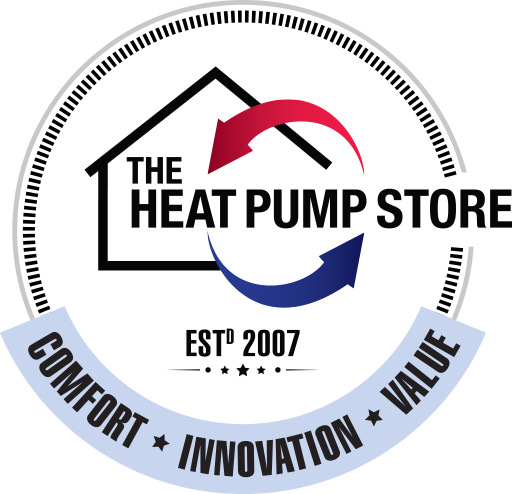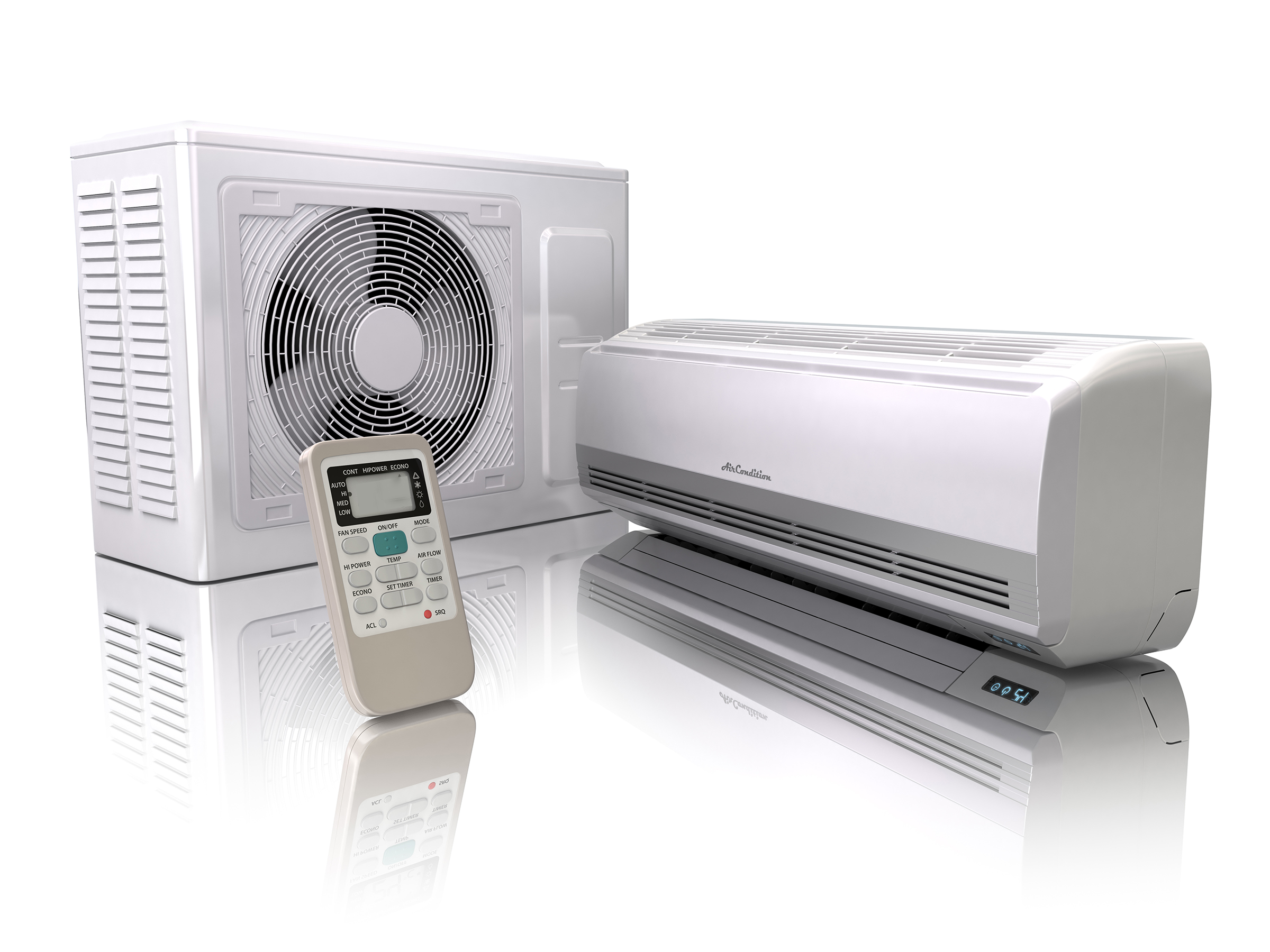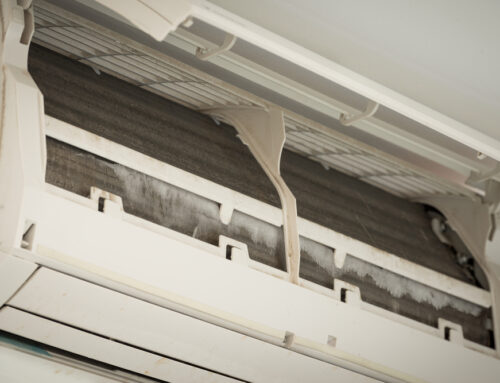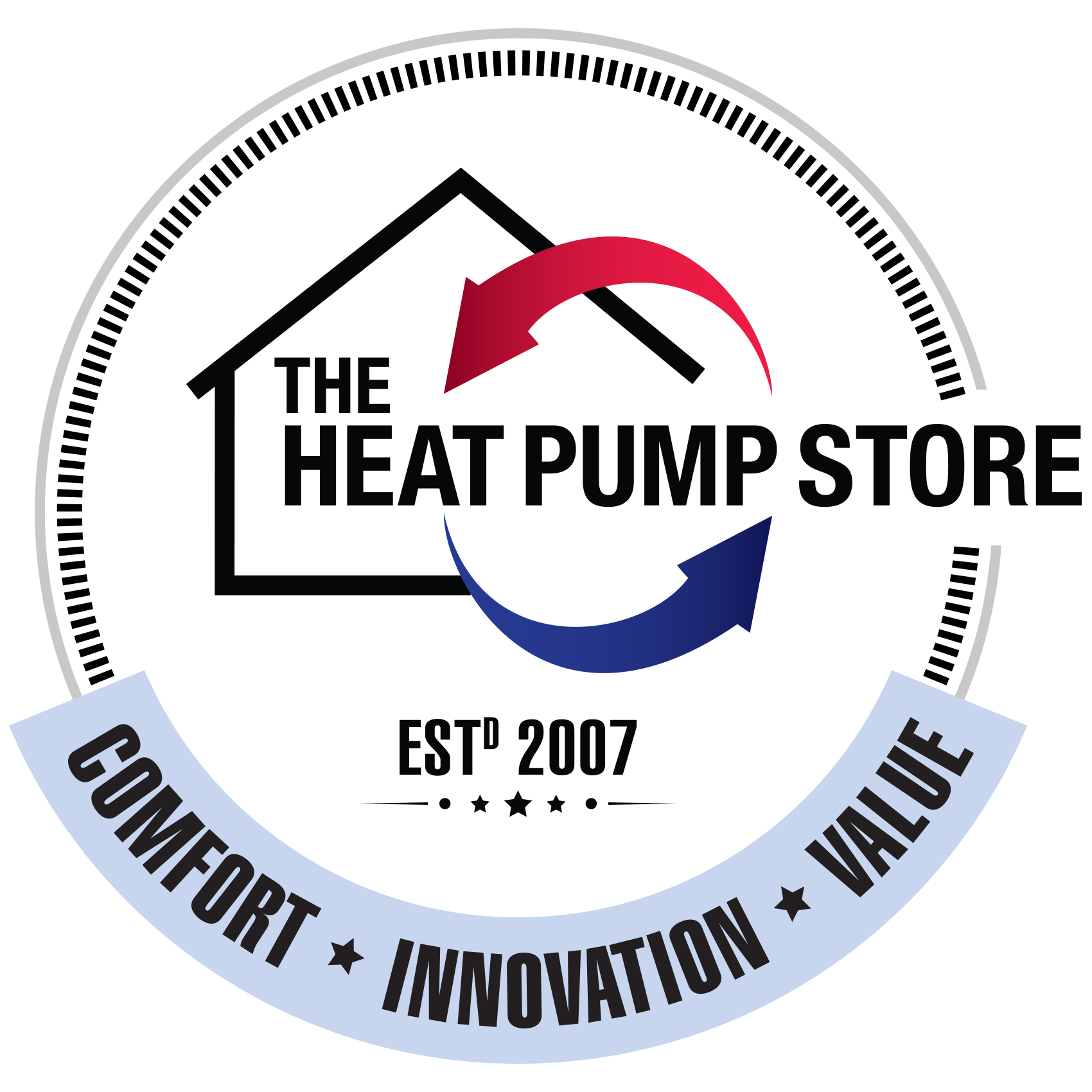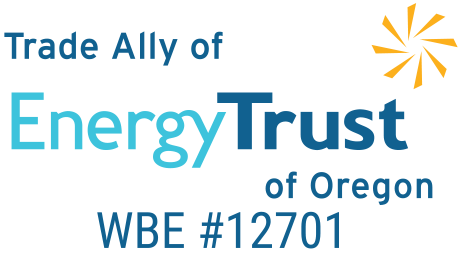If you live in a moderate climate area like the Pacific Northwest, your heating and cooling needs differ from those who live in harsher locales. So, to cool or heat your home, you likely don’t need to rely on the bulky, inefficient HVAC systems that populate residences elsewhere.
Enter the mini-split heat pump. These systems offer a variety of benefits that aren’t available through typical HVAC systems. Their inverter technology leads to lower energy bills, more comfortable living spaces, and a scalable solution that makes it easy to grow as your home does.
WHAT IS A MINI SPLIT HEAT PUMP?
Mini-split heat pumps, sometimes referred to as ductless heat pumps or ductless mini-splits, are made up of two main components:
- An outdoor compressor unit
- An indoor air-handling unit
While some homes may need only one outdoor unit, the number of indoor units can vary depending on the residence size, layout, and willingness to keep doors open. Small homes may only need one indoor unit. Larger homes may need more, especially if family members’ preferred bedroom temperature differs greatly. Additionally, not all indoor units need to be installed at once if you select a multizone system. This allows you to install more indoor units if you choose to.
The indoor and outdoor units are connected by copper refrigerant pipe and electrical interconnector wiring. Typically, you’ll only need a three-inch hole in your wall for this bundle to pass through.
A ductless mini-split heat pump operates more like a refrigerator than a typical heating and cooling system. Refrigerant captures heat from the surrounding and air and releases it where it’s needed. So, in warmer months, the refrigerant transfers heat from the inside to the outside. In colder months, the heat of the outdoor air is transferred inside.
WHAT ARE THE ADVANTAGES OF USING A MINI SPLIT DUCTLESS HEAT PUMP?
Perhaps the primary advantage of the ductless system is the lack of ducts. Ducts are expensive to install, take up lots of space, and are difficult to maintain. It’s practically impossible for ducts to remain perfectly sealed, which allows the conditioned air to escape. This causes your system to work that much harder to hit ideal temperatures. Indeed, the United States Department of Energy estimates that 30% of ducted systems’ energy consumption stems from duct losses.
Ducts are also fairly difficult to maintain. They need to be cleaned regularly. Otherwise, they’ll soon become home to dust mites, pet dander, allergens, and other pollutants. Then, each time you turn on your heating or cooling system, these particles are blown into every room with a vent. This can have detrimental health effects, especially of those in the home already have asthma or another respiratory issue.
Finally, properly designed and installed ductwork is very expensive, both in terms of money and space. If you’re adding ductwork as part of a remodeling project, you may find you need to lower ceilings in hallways or certain rooms to make sure the ductwork can fit properly. This, of course, adds up financially, and you can find your remodeling bills far exceed initial estimates.
As mini-split systems don’t rely on ducts to heat or cool rooms, you won’t encounter any of these issues even when installed as part of a remodeling project.
The ductless advantage isn’t just due to the absence of negatives. Mini-splits offer benefits all their own through efficient operation, scalability, and high level of customizability.
For a better understanding of these benefits, think of your kitchen faucet. When you turn it on, you don’t expect water to start flowing from other faucets in your home. In fact, if that did happen, you’d likely call a plumber to fix the problem.
That’s exactly how ducted systems work, though. If you want your living room cooler, you also have to cool every room that has a vent.
Mini-splits, though, work more akin to how your faucet should. Each indoor unit operates independently from each other. So, if you’d like to turn up the heat in your bedroom, you’re not spending money and energy to also pump warm air into empty rooms in your house.
HOW IS MINI-SPLIT HEAT PUMP INSTALLED?
Whether you schedule a professional installation or feel confident tackling it as a DIY project, it’s essential to know some basics of the installation process. Often, the first step is to find a level, outdoor place to install the outdoor unit. When you work with The Heat Pump Store, we’ll help you identify the best spot for ideal operation without harming your home’s exterior aesthetics.
Typically, indoor units are installed high on the wall, but with several inches left for air clearance.
The recent boom in smart home technology aligns well with the growth of mini-split heat pumps. Each indoor unit will have its own remote control that allows you to change the temperature, set heating and cooling schedules, and conduct cleaning cycles. You can often purchase modules that allow you to control your space conditioning through an app on your phone or via voice control of a smart speaker.
HOW LONG DO MINI SPLIT HEAT PUMPS LAST?
With regular maintenance, such as cleaning air filters, a mini-split heat pump system should last 12-15 years. This obviously can vary based on how often the system is used and the quality of the system. Most systems also come with manufacturers’ warranties that last at least five years.
HOW MUCH DO MINI SPLIT HEAT PUMPS COST?
Ductless system costs can range from $3,500 and up. However, the reduction in energy costs due to their efficient operation lets the system pay for itself over time. Furthermore, many electric utilities offer rebates to encourage switching to this system. For example, Portland General Electric will give $200 to any customers who switch to a ductless heat pump system.
WHO SHOULD YOU CALL WITH HEAT PUMP QUESTIONS?
The Heat Pump Store is the ductless heat pump expert of the Pacific Northwest. Our expert, the customer-focused team can answer any of your questions and help you choose the specific system that best matches your needs. We can schedule installation, walk you through your new system, and craft a maintenance schedule to ensure your new heat pump is working at its best.
Give us a call today at 877-509-2961, so we can answer any of your questions. You can also reach out to us through our website.
